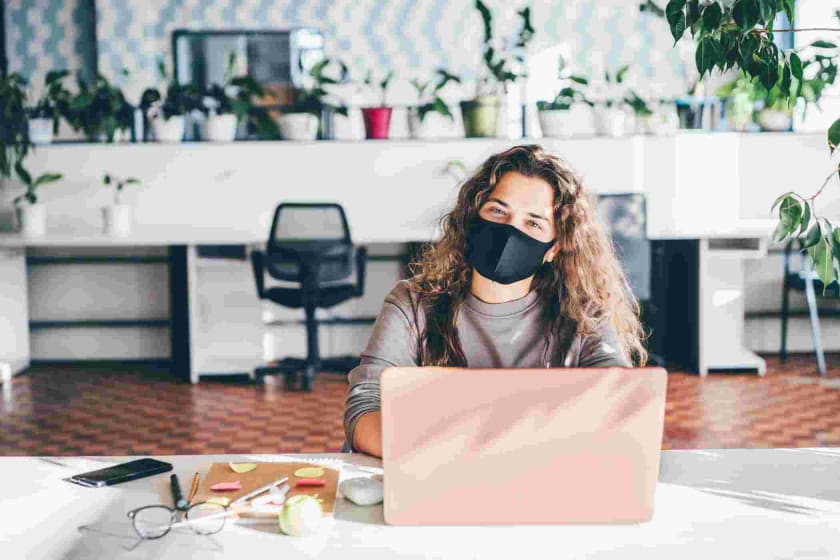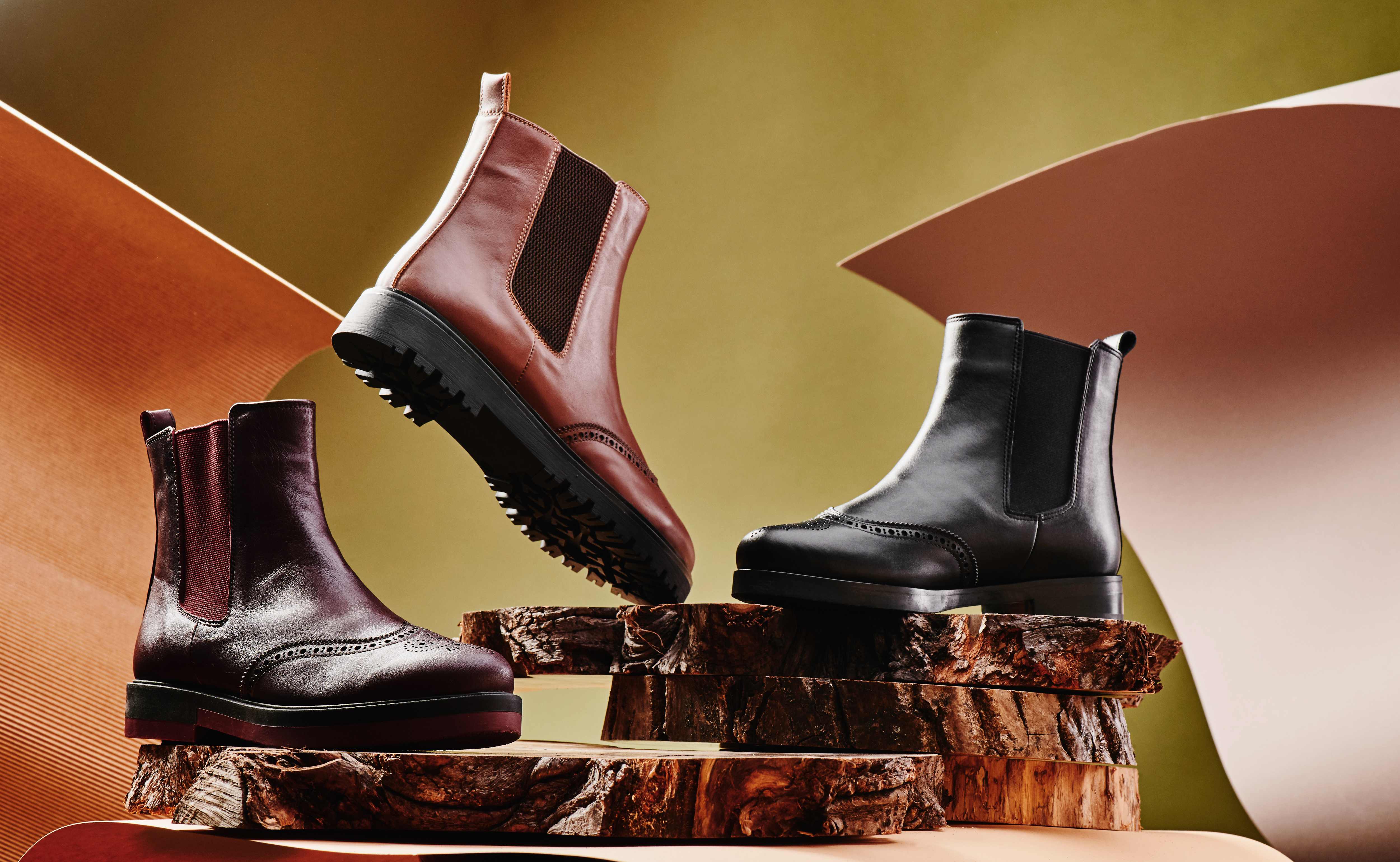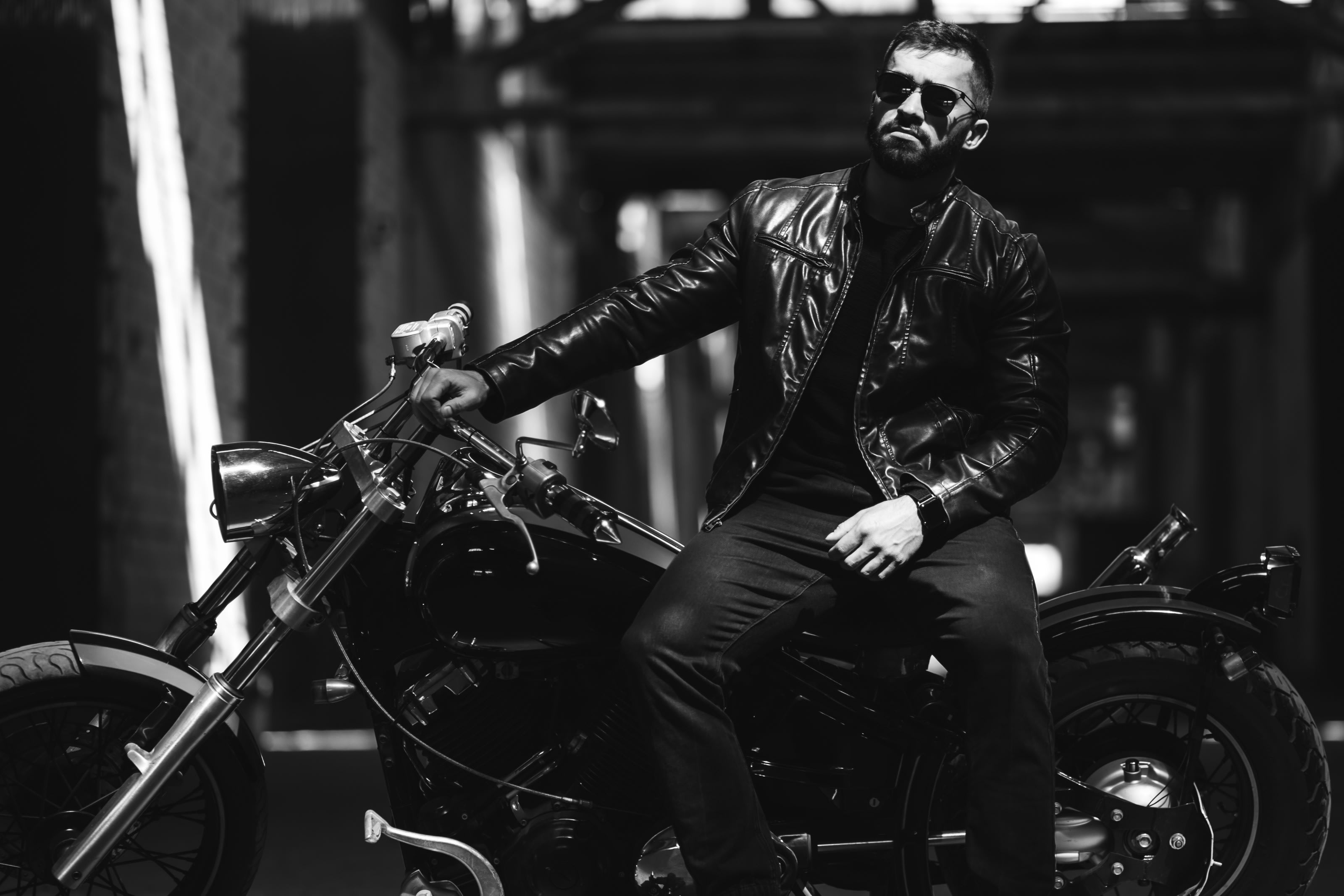The Psychology of Post-Pandemic Dressing: What Has Changed and What has Stayed the Same?



The Covid-19 pandemic has shaped our world in countless ways. Some commentators have labelled these changes as a paradigm shift. In other words, we have entered a new era of post-pandemic living. The fashion industry is no exception to the pandemic’s influence.
The work-from-home era has blurred lines between the formal and the informal. In the case of the fashion world, people have shifted to “quarantine cozy chic” sartorial choices. Think comfy loungewear, pajamas, activewear, slippers and sneakers. Laid back attire is the rule rather than the exception. Even the formal conference call has not been spared: people have been caught on Zoom without pants!
So why are people shifting to informal attire today? The obvious reason is that we are all working from home. But there are deeper motives we may not be seeing. Researchers are presently studying new habits and behaviors brought about by the pandemic. One area of interest is ‘post-traumatic growth.’
The phrase ‘post-traumatic growth’ (PTG) was coined by psychologists Richard Tedeschi and Lawrence G. Calhoun. Tedeschi and Calhoun defined PTG as “positive psychological change experienced as a result of the struggle with highly challenging life circumstances.” It is no secret that the pandemic has wrought great trauma upon the world. Is it possible that we, as a world, are experiencing pandemic related PTG? And is this post-traumatic growth having an impact on our fashion sensibilities?

Fashion inspired by social trauma is a staple part of human history. This link is most visible during times of war. For example, textile scarcity during World War I drove “radical changes. . . in women’s clothing styles.” These changes in womens’ wardrobes most commonly affected “daywear and work attire.”
We are presently at war like our grandparents were in World War I & II. This time around, we face an invisible and faceless foe. Covid-19 is everywhere. Our cities and towns are the battlegrounds while our homes are like bunkers. And just like our grandparents, we reacted to the times by rehashing our wardrobe. Suits and other fancy outfits stay in the closet; masks and sweatpants-one or the other-are worn 24X7.
The New Divide: To Dress Up or to Dress Down?
Artist and writer Julie Houts shared an interesting Instagram post about the way we dress in the pandemic age. Take a look at this hilarious cartoon!

To dress up or to dress down? That is the conundrum of the pandemic age! Should we adopt bright and fancy colors--as if summer were in and the pandemic was (kind of) out? Or should we stick to underdressing as if we were working from home?
Those who love to dress up may be itching to ditch the pandemic blues. Wouldn’t it be nice to get colorful and be free of “pandemic casual” wear? Down with gray sweatpants 24X7! On the other hand, the dress down camp is invested in keeping the status quo. For many, working from home means being free of dressing to impress! To those who dress as an afterthought, the pandemic is a welcome respite from the ever-changing trends of couture.
Dr. Dawnn Karen is a professor at the Fashion Institute of Technology. She is a leading voice of the intersection where fashion and psychology meet. She has also been dubbed by the New York Times as the “world’s first fashion psychologist.” Dr. Karen defines those who dress down as those who wear “mood-illustration dress.” In other words, these are people who wear clothes that highlight their emotional state. On the other hand, those who dress up wear “mood-enhancement dress” (i.e., clothes to lift the mood). Both aim to satiate a personal fulfilment.

The pandemic has blurred the psychological lines between the formal and the informal. Some are struggling to find a balance between the two. The virtual state of formal events (i.e., work-from-home culture) may call for a fashion sensibility that complements the office as well as home. Some would naturally be conflicted by this assimilation. Are we ready for a world where our work and personal lives are more intertwined?



















